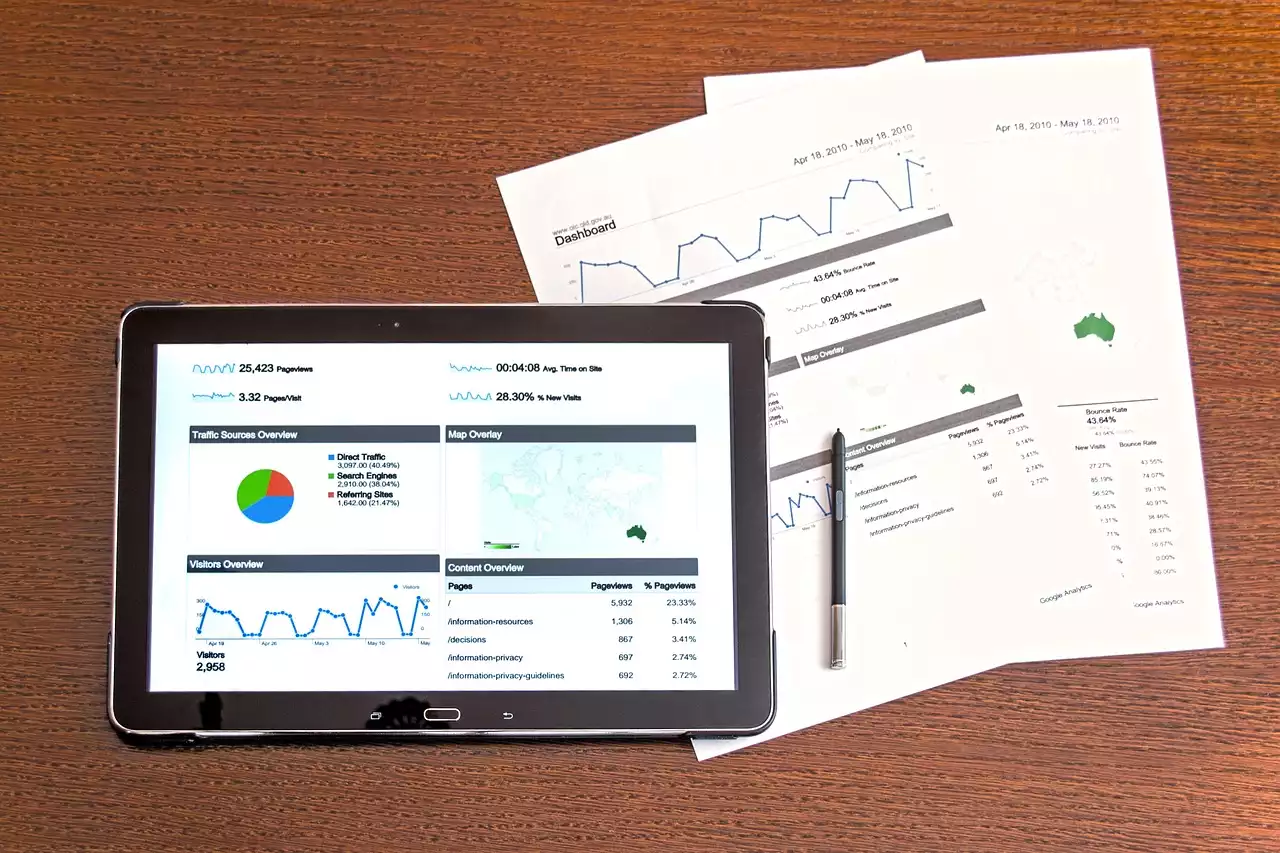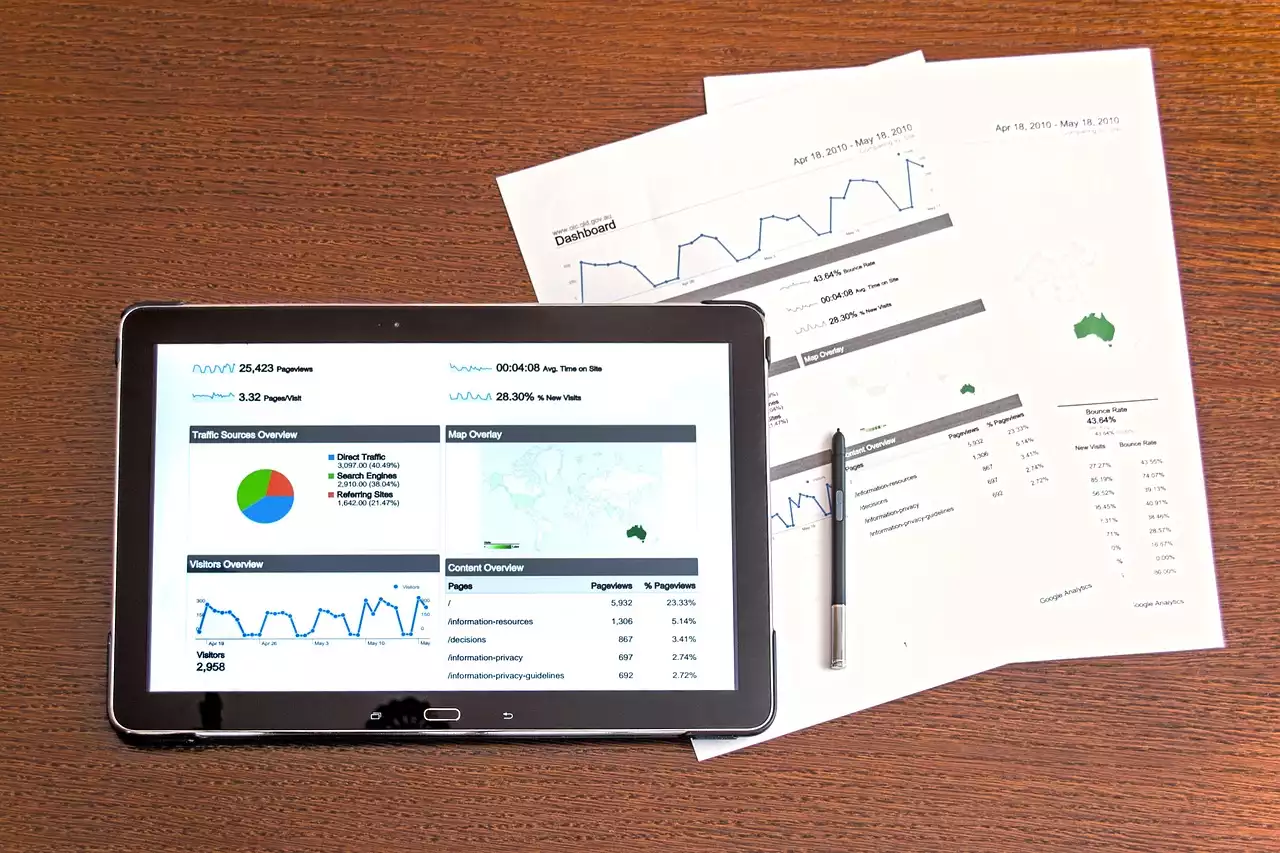Why Mobile Marketing Analytics is Important
Mobile marketing has become a crucial aspect of digital marketing, and mobile devices are now the primary source of internet access worldwide. With this shift in consumer behavior, marketers must consider mobile marketing analytics to understand how their campaigns are performing. Analytics provides valuable insights into consumer behavior, and mobile marketing analytics helps marketers identify which campaigns are driving the most engagement, conversions, and revenue. With mobile marketing analytics, marketers can identify areas for improvement and optimize future campaigns to achieve better results.
Types of Mobile Marketing Analytics
There are two main types of mobile marketing analytics: in-app analytics and mobile web analytics. In-app analytics provides insights into user behavior within mobile applications, while mobile web analytics tracks website activity on mobile devices. In-app analytics tracks metrics such as app downloads, user retention, and in-app purchases. Mobile web analytics tracks metrics such as page views, bounce rates, and conversion rates. Understanding the differences between these two types of analytics is critical to determining which metrics to track and how to interpret the data.
Key Metrics in Mobile Marketing Analytics
There are several key metrics to track in mobile marketing analytics. These metrics help marketers understand how their campaigns are performing and identify areas for improvement. Some of the most important metrics to track include:
- App Downloads: The number of times the app has been downloaded.
- User Retention: The percentage of users who continue to use the app after the initial download.
- Session Length: The length of time users spend in the app during each session.
- In-App Purchases: The number of purchases made within the app.
- Page Views: The number of times a mobile web page is viewed.
- Bounce Rates: The percentage of visitors who leave the website after viewing only one page.
- Conversion Rates: The percentage of visitors who complete a desired action, such as filling out a form or making a purchase.
Mobile Marketing Analytics Tools
There are several mobile marketing analytics tools available to help marketers track and analyze data. Some of the most popular tools include:
- Google Analytics: A free web analytics tool that provides insights into website traffic and user behavior.
- Flurry Analytics: A mobile analytics tool that provides insights into user behavior within mobile applications.
- Mixpanel: A mobile and web analytics tool that provides insights into user behavior and engagement.
- Localytics: A mobile analytics and marketing platform that helps marketers understand user behavior and engage with users through targeted campaigns.
How to Set Up Mobile Marketing Analytics
Setting up mobile marketing analytics requires a few key steps. First, marketers must determine which analytics tool to use based on their specific needs. Once a tool has been selected, marketers must integrate the tool into their mobile app or website. This requires adding tracking code to the app or website to collect data. Finally, marketers must set up goals and conversion tracking to measure the success of their campaigns.
Tips for Interpreting Mobile Marketing Analytics Data
Interpreting mobile marketing analytics data can be challenging, but there are several tips to keep in mind. First, it's essential to focus on the metrics that matter most to your specific goals and objectives. Second, it's important to look at trends over time rather than just focusing on one data point. Third, it's critical to compare data across different campaigns to identify areas for improvement. Finally, it's important to take action based on the insights gained from the data to optimize future campaigns.
Common Challenges in Mobile Marketing Analytics
There are several common challenges in mobile marketing analytics. One of the biggest challenges is ensuring that data is accurate and reliable. This requires setting up tracking correctly and regularly monitoring data for any anomalies. Another common challenge is determining which metrics to track and how to interpret the data. This requires a deep understanding of the specific goals and objectives of each campaign.
Case Studies of Successful Mobile Marketing Campaigns
Several successful mobile marketing campaigns have used analytics to optimize their performance. One example is Starbucks, which used mobile marketing to promote its loyalty program. By analyzing data on user behavior, Starbucks was able to identify which promotions were most effective and optimize future campaigns to achieve even better results. Another example is Uber, which uses mobile marketing analytics to identify areas where user experience can be improved and optimize its app accordingly.
Understanding mobile marketing analytics is essential to creating successful campaigns that reach your target audience and drive conversions. By tracking and analyzing data, marketers can gain valuable insights into consumer behavior and identify areas for improvement. With the right tools and techniques, mobile marketing analytics can help marketers optimize their campaigns and achieve better results. Whether you're a seasoned marketer or just starting, this guide has provided you with the insights you need to understand mobile marketing analytics and take your campaigns to the next level.










